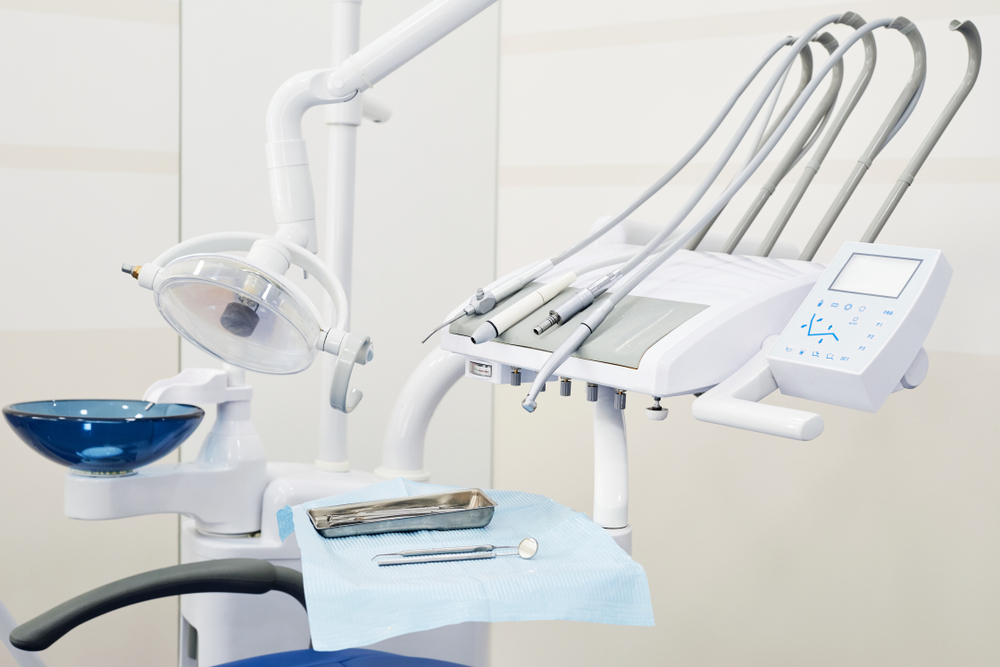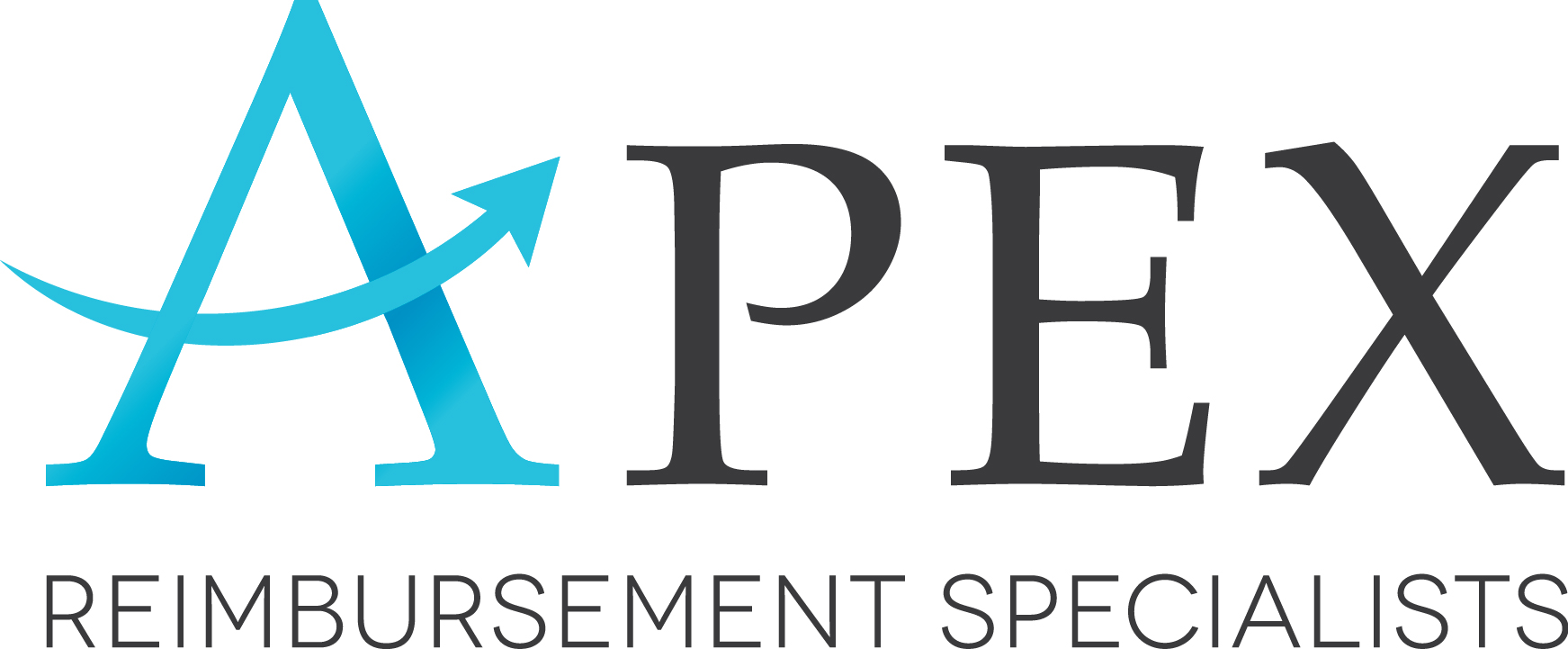
The Environmental Protection Agency (EPA) deadline for compliance with new amalgam standards is approaching on July 14, 2020. This places pressure on many practices who were waiting for the ruling before determining what to do with their current usage of amalgam. What does every practice need to know about the amalgam-free era that will be starting in just over a year?
The Background on the EPA’s Requirements
The EPA’s Clean Water Act standards are designed to reduce the mercury and metal discharge from dental offices into municipal sewage treatment plants. The primary source of mercury discharges in the United States is dental offices, and once the mercury reaches the plant, it is often distributed throughout the environment. Compliance with the rule will reduce the discharge of metals to local sewage treatment plants by a whopping 10.2 tons annually. About half of that amount is expected to be mercury.
What Does the Amalgam-Free Legislation Require Dental Practices to Do?
In order to comply with EPA regulations, dental practices will need to make sure that they are using an ISO 11143-certified amalgam separator and have a way to get rid of amalgam waste without allowing it to enter local sewage treatment plants. The ISO 11143-certified separators should have at least 95% removal efficiency, so relying on vacuum pump filters or chair-side traps will be inadequate. Dental practices will not be able to throw any amalgam waste in the trash or recycling. Instead, it will need to be delivered to a special facility to be recycled and melted down.
How Is This Amalgam-Free Era Any Different?
While some dental practices were already using amalgam separators and disposing of mercury and metals differently, these new rules will be expanding the definition of what must be separated and how it must be disposed of. “Amalgam” is defined as the material itself, saliva injectors, chair-side filters, extracted teeth containing restorations and all waste items that had contact with the metals. That means that compliance is not as simple as merely taking the material and bagging it up separately!
What Can Your Practice Do?
First, you should check to ensure you are subject to the regulations in this helpful EPA-issued document. Then, you should consider the right solution for the way that your practice operates. Numerous new software solutions have emerged onto the market to simplify compliance, tracking the mercury and metals you are shipping off and confirming that the materials were properly recycled.
Offices also must submit a one-time compliance report to the EPA stating their plan for compliance. You can find report information on the EPA website here.
Enter the Amalgam-Free Era with APEX Reimbursement Specialists
APEX Reimbursement Specialists can help guide you through the process of transitioning your practice to doing a new way of doing business. Contact our team today by calling (410) 710-6005. We look forward to working with you to make your practice a more profitable place.
